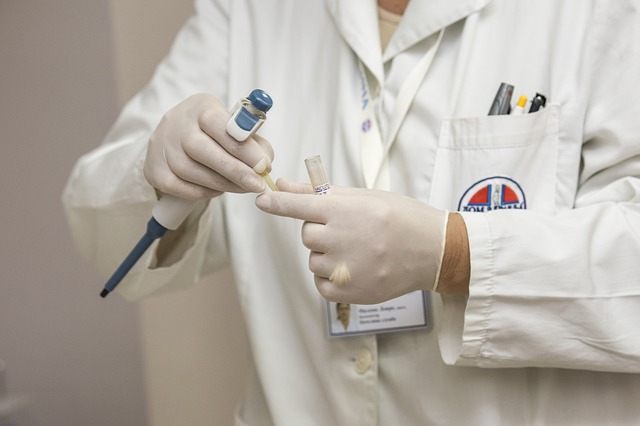Cells that express neurogenin 3 (NGN3) may one day be harnessed to create a plentiful supply of insulin-producing beta cells for the treatment of diabetes, a study led by researchers at the University of South Florida suggests.
NGN3 is the master gene driving development of the human endocrine pancreas, including the beta cells that make and secrete the hormone insulin, which helps control blood sugar levels.
In type 1, or juvenile, diabetes, insulin-producing beta cells are destroyed by the person’s immune system, and patients need insulin injections to survive. Patients with the more common type 2 diabetes, referred to as adult-onset diabetes, produce insulin but their bodies cannot use it properly, and they often require extra insulin.
In a study recently published in the journal PLOS ONE, researchers from the Children’s Research Institute, USF Health Morsani College of Medicine; Johns Hopkins University School of Medicine; and the University of Illinois at Chicago, detected the NGN3 protein in histologically normal pancreatic biopsies from two sources — cadavers and patients requiring biopsy for diagnostic purposes.
“NGN3 expression in the adult pancreas was unexpected, because it cannot be detected in the adult rodent pancreas – only during fetal development,” said the study’s principal investigator Michael Shamblott, PhD, an endowed chair of pediatrics at the Children’s Research Institute, USF Health Morsani College of Medicine, whose research focuses on regenerative cell therapies to replenish the insulin-producing cells destroyed or damaged by diabetes.
The researchers found NGN3-expressing cells in the exocrine pancreas, the part of the pancreas that produces digestive enzymes. NGN3-expressing cells closely match the characteristics of both mouse and human endocrine “progenitor” cells that give rise to all and only cells in pancreatic tissue known as islets.
Continue Reading Below ↓↓↓
These cells can be collected from cadaveric pancreas tissue or from the patient’s own pancreas and coaxed to resemble beta cells that produce and secrete insulin.
Islet transplantation as a means of reversing diabetes has been hampered by the limited durability of grafts and scarcity of pancreas donors. It can take multiple donors to yield enough islet cells for one recipient and donor tissue is not matched to the recipient so strong immunosuppressive drugs are required to avoid rejection.
“Now that we know these NGN3 cells are a normal part of adult human pancreas biology, we can learn to increase them and to coax them towards becoming differentiated pancreatic endocrine cells by using specific drugs,” Dr. Shamblott said. “Our goal is to regenerate functional beta cells that can cure diabetes.”
The researchers have also discovered several pathways regulating NGN3 in the adult pancreas, which may be targets of future drug treatments of diabetes, Dr. Shamblott said.
Article citation: Danielle L. Gomez, Marci O’Driscoll, Timothy P. Sheets, Ralph H. Hruban, Jose Oberholzer, James J. McGarrigle, Michael J. Shamblott, “Neurogenin 3 Expressing Cells in the Human Exocrine Pancreas Have the Capacity for Endocrine Cell Fate,” PLOS ONE, Aug. 19, 2015, DOI: 10.1371/journal.pone.0133862.
Source: University of South Florida (USF Health)
Journal: PLOS ONE










